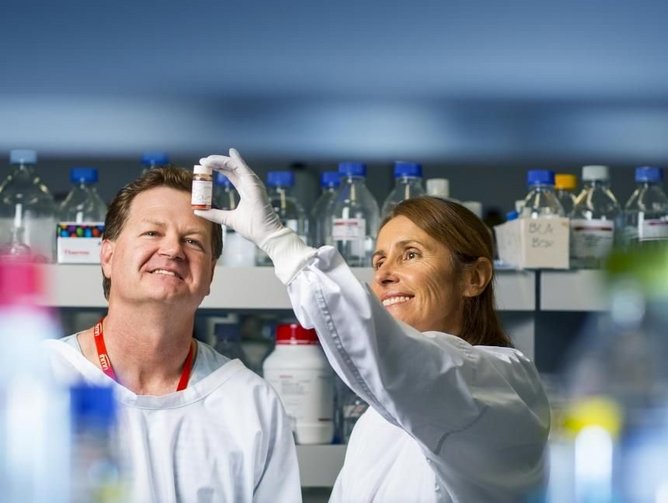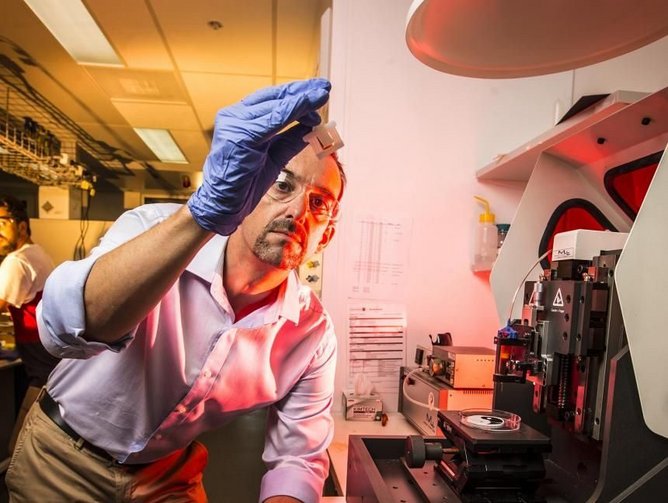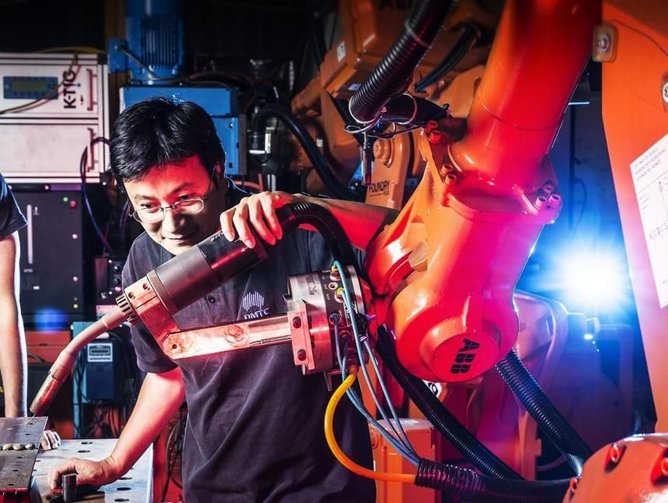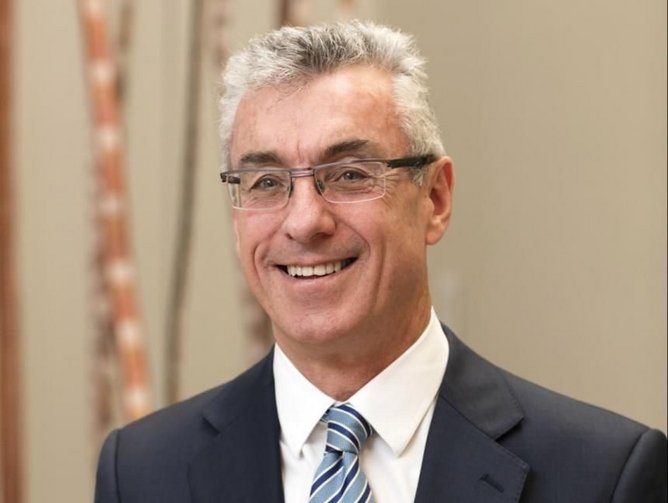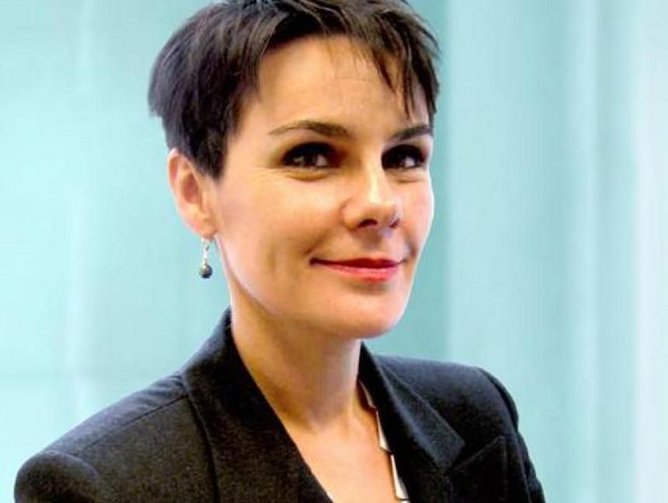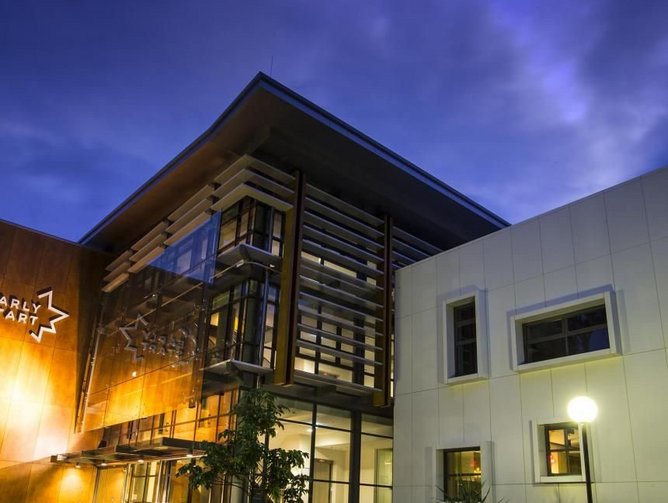Is Australia on the precipice of a thoroughly high-tech future—and could the city of Wollongong hold the key to its progress? Fiona Rankin believes so. As Director, Information Management & Technology Services (IMTS) for the University of Wollongong (UOW), Rankin is overseeing an ambitious transformation of the university into a hub of innovation and a focal point within the smartest city in Australia.
A multifaceted approach for a multifaceted institution
The University of Wollongong’s plan for the future is one with multiple legs, a fact that makes perfect sense, as the university itself is a multidimensional institution.
“We’re an interesting business in the sense that we’re a traditional university, with teaching and learning and a heavy emphasis on research, but in addition to that, we also have a series of international campuses and a strong international development focus,” said Rankin. This puts UOW in a relatively unique position and gives the institution a different perspective on priorities for the university’s future.
“We have our series of international campuses, and we’re also a big employer in the Illawarra region and have a sense of duty and care toward the region as well,” she said. This sense of duty and care is at the heart of the university’s IT transformation plans, bringing industry and education into the modern age for Wollongong and the Illawarra.
A bright plan for the future of Wollongong students
UOW is a university system with a reach that extends far beyond the Illawarra region—its most recent figures boast enrollment of 32,208 students, including more than seven thousand offshore students taking courses at its campuses in Dubai, Kuala Lumpur, Singapore and Hong Kong. . With the recent update of its Information Management and Technology (IMT) Strategy, the university has shown that it has big plans for the future of all these students and researchers, and what they will be able to achieve.
Based on such guiding principles as customer-driven architecture and information as an asset, the UOW’s IMT Strategy maps out a five-year plan for a full-scale digital transformation. Through a series of upgrades to the institution’s IT capabilities, from digital delivery portals to its strategy in the cloud, the university aims to provide an enriched experience for its students and staff, wherever they may be.
It is a formidable goal, especially for a university with a 40-year-old history. “From a technology perspective, the challenge is keeping the lights on while you’re changing the legacy,” said Rankin. “You always inherit a component of legacy technologies, and you don’t have the luxury of stopping the business and having a clean slate. You’ve got to keep up and make the transformation while continuing to service your students and staff.”
Other challenges include ensuring that professors and administrators are onboard and up to speed, and upgrading technology across a wide range of interests. “This includes everything from audio visual (AV) services in the classroom to very niche research capabilities,” said Rankin, noting that she and her team are enthusiastic about the road ahead. “It’s been quite challenging, yet exciting.”
In addition to the dedicated commitment from the IMTS staff, the university relies heavily on strategic technology partners such as NetApp, with whom UOW has had a 15 year relationship. NetApp provides UOW with its core data storage, with backup and disaster recovery built-in. On top of this, “NetApp’s Data Fabric enables UOW to move to cloud, on our terms, while keeping ownership of our data”, says Rankin.
Inviting innovation, transforming Wollongong
UOW’s aspirations extend well beyond the walls of its campus. As traditional mining and manufacturing industries face challenges, the university sees vast potential to remake its hometown as a Silicon Valley-style beacon of innovation and collaboration. One step in this direction involves working closely with regional partners to transform Wollongong into a well-connected smart city, with the University’s Innovation Campus at its core.
“The Innovation Campus is looking to attract new startups and innovative companies to come to Wollongong—that’s a big focus for us,” explained Rankin. “We’ve dedicated a whole series of buildings and facilities on the Innovation Campus to accommodate the startup businesses and to attract business to come to the Illawarra region. We’re working with the Council and various industry networks to assess trialing technologies, so that we can best share, facilitate and leverage each other’s capabilities.”
While UOW’s smart city plan is likely to help in raising the university’s profile and attracting students and enabling their success, Rankin notes that this project is about much more than the university itself.
“It’s not just about the university— it’s actually about Wollongong, and how can we attract new businesses and bring ideas and jobs to Wollongong,” she said. “It’s a bigger play than just us attracting new students, because as we speak, the whole university play is transforming, getting into more online courses. This expansion is more about how can we contribute to transform Wollongong internationally to be known as the greatest smart city, and how we can attract jobs to the university. That’s a win-win.”
Rankin cites NEC as an example—the Tokyo-based IT firm recently set up operations at the UOW’s Innovation Campus. “That’s bringing a whole series of new jobs and IT capabilities that I can leverage,” she added. “It’s putting international vendors at my doorstep.”
The future is now
UOW’s future is a busy one. “We have a very large program of work,” said Rankin. “Last year we embarked on a big program for teaching and learning platforms, and this year we’re looking at the overall whole student experience, to ensure that our students have a very positive experience at the University of Wollongong, whether on-campus or on-line. There will also be quite a bit of work around our research and innovation. What we’ve got to do is provide highly efficient and collaborative research environments, and continue to connect students with research internationally. We have a big expansion into our international development, with a new Hong Kong campus, and other domestic initiatives as well.”
As it continues to grow, UOW’s multifaceted model allows it to view the world through global lenses, heightening its ability to better view the world and the role it plays within it.
“We’re not just running a technology shop here. We have a part to play in the region, we have a part to play internationally, so we always have to have multiple focuses at any given moment,” said Rankin. “Even though we are based at a regional campus, we’re also a big international player with a very strong reputation in terms of our education and research. That’s why students and researchers come here.”
If the University of Wollongong is able to attract startups and businesses in the same way, the future of this smart city in the making is one of unlimited potential.
